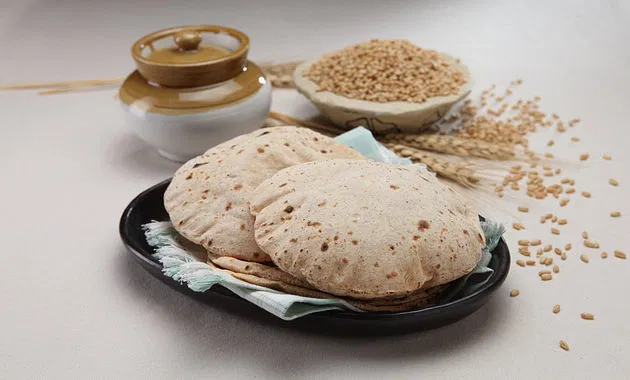Rotis in Indian households are not just flatbreads—they're daily staples. But with increased health consciousness, many are rethinking their choice between the age-old wheat roti and the quick-rising jowar roti. So which one actually feeds better? Let's take a bite.
Wheat Roti: The Daily Classic
Texture & Flavor: Soft, flexible, and rollable with ease, wheat rotis are the favorite because they are handy and convenient.
Nutritional Profile:
-
Calories (per roti): ~103 kcal
-
Carbohydrates: 22g
-
Protein: 2.7g
-
Fiber: 0.7g
-
Iron & B Vitamins: Moderate amounts
-
Glycemic Index (GI): 60–70 (moderate)
Advantages:
-
Provides sustained energy
-
Easy to digest for the majority of people
-
Complements a vast range of Indian foods
-
Simple to prepare and store
Disadvantages:
-
Contains gluten, which can be an issue for sensitive individuals
-
Lower in fiber and micronutrients compared to millets
Jowar Roti: The Millet Miracle
Texture & Flavor: Earthy, slightly coarse, and more rustic in flavor. Requires expertise to roll since it does not contain gluten.
Nutritional Profile:
-
Calories (per roti): ~97 kcal
-
Carbohydrates: 25g
-
Protein: 3g
-
Fiber: 2g
-
Iron, Magnesium, Potassium: High
-
Glycemic Index (GI): ~50 (low)
Advantages:
-
Gluten-free and ideal for celiac disease or gluten intolerance patients
-
High in fiber, easy on the digestive system, and promotes satiety
-
High in antioxidants and minerals
-
Helps manage blood sugar levels—very good for diabetics
-
As a cooling grain, very good in summer
Disadvantages:
-
Slightly more difficult to digest at first for a few
-
Does require practice to roll out into soft flexible rotis
-
Not good for those who are used to the softness of wheat
Which One to Use?
-
For Diabetics or Weight Watchers: Jowar wins with lower GI and higher fiber.
-
For Gluten Sensitivity: Jowar is the clear winner.
-
For Convenience and Familiarity: Wheat roti is easier to prepare and more adaptable.
Best of Both Worlds: Many nutritionists recommend mixing wheat and jowar flours in a 1:1 ratio to enjoy the benefits of both.
Pro Tip:
Start with one jowar roti a day, especially during warmer months, and observe how your body responds. Pair it with seasonal vegetables and a spoon of ghee for optimal digestion and nourishment.
Sources: Times of India, MSN, The Channel 46
